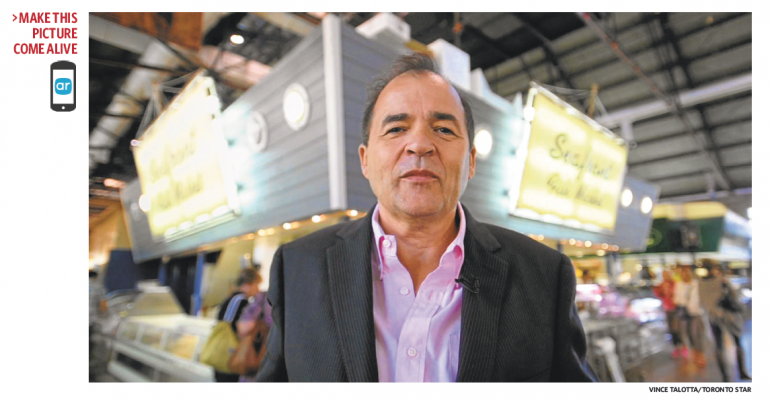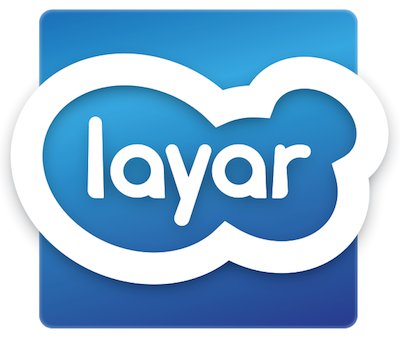This morning Toronto Star readers woke up to a whole new newspaper experience. The entire edition is riddled with augmented reality experiences which aim to take people beyond the ink, and provide them with additional digital experiences. The interactive issue is a partnership between the Toronto Star and Nissan Canada, and was made possible using popular augmented reality smartphone app Layar.
Readers of the newspaper will need their smartphone with the Layar app installed to be able to “experience the magic”. Visual cues in the form of smartphone icons next to all active augmented realty (AR) spots in the issue act as calls-to-action. When the user hovers over an image and scans it with the Layar app they’ll see video, animations, hear audio, see more pictures and more.
The main feature of the issue is a live stream exclusive first look at inside Toronto’s new Ripley’s Aquarium, which is still under construction at the base of the CN tower. A new opening date is expected sometime this fall.
I ran out and picked up a copy of the newspaper this morning to try it out first hand. First off, I have to say that I’m quite impressed with how committed Toronto Star was to the use of AR. Every section’s front page featured an image I could scan and it seemed that the deeper I went into the newspaper the more opportunities I had to use the Layar app – both on the editorial side as well as ads.
Layar has done a great job with its app by adding a scanning effect while you wait for it to recognize the image which feels fresh, futuristic and exciting. However, I was hoping to actually hover over the newspaper and see it come to life instead of simply being sent to a link on a website page to watch a video, read a blog, or see more images which the majority of the experiences were.
Unfortunately I also found myself having difficulty getting it to work. In some cases after scanning and re-scanning images I just gave up and moved on to the next opportunity, which was frustrating. I found that full page ads were the most tedious to scan as I would often have to stand up to do it. The smaller images had a higher success rate and could be done while sitting down.
It was in the ads that I felt TorStar did a much better job at providing the AR experience I was hoping for. I wanted to have my digital experience jump out at me or feel like the image in the paper itself was being brought to life. (I guess I blame that on watching all eight of the Harry Potter movies and craving my own “Daily Prophet”). The Hudson’s Bay full-page shoe ad did just that. When I successfully scanned the shoes on the page, a video projected off from the page and auto-played showing me The Room at the Bay. Whenever I moved my smartphone on and off the page, the video disappeared and re-appeared accordingly.
AR has been one of those nascent technologies like QR codes which continues to be used in offline print. But it never seems to stick when it comes to everyday consumer use, thus the special features. This is likely due to the fact that both QR and AR require much work from the user: downloading an app, taking out a smartphone and holding it patiently over the paper. All of these actions require a commitment from the user, who traditionally sits down, opens their newspaper and drinks a cup of coffee.
As wearable technology starts to bring screens up to our faces (like with Google Glass), this will all become simpler and more user-friendly. I’m sure that we’re close to a time where any paper that we pick up will have an AR experience for those that are wearing their smart devices. AR is ready for its time in the sun, and it will be wearable tech that is going to let this incredible technology shine.
The knowledge gained from these types of experiences will come in handy for publishers, and the Toronto Star has been getting their feet wet in this space for quite some time. Its first AR experience came in July 2012 when the newspaper worked with Nissan to provide a Layar-enabled advertising program for the car company’s Altima launch. Today’s issue is a result of a continued relationship with Nissan as a partner.
Toronto Star did a great job at proving the potential of AR. I recommend that readers pick up a copy and check it out. The issue also has a few extra perks outside of the extra videos and images. Readers can also enter the GO BEYOND contest for the chance to win a $3,000 travel voucher or my personal favourite – visit page L11 to scan and play Pong.



